
Dams and hydropower
Physical modelling offers a means of obtaining a technically and economically optimised design of the hydraulic structures associated with dams and hydropower schemes. In particular, it allows vortices, strong turbulence, and complex flows involving air/water mixtures to be replicated.
What we do
The principal objective of the studies that we perform on physical models is to validate and optimise the various hydraulic aspects of a dam project (new or rehabilitation), with a view to guaranteeing the degree of safety whilst avoiding any excessive oversizing.
- Optimisation and validation of the design of dam safety structures (flood spillways, downstream stilling basin, surge shaft, etc.)
- Determination of the stage/discharge relations for complex structures
- Study of 3D flows on the approaches to structures to structures and in their vicinity (for example formation of vortices at the inlets to water intakes or in forebays)
- Study of sedimentation risks in reservoirs and with regard to water intakes, and validation of structural or operational solutions (bypasses, sediment deposition areas, flushing structures).
In addition, physical modelling, which is an irreplaceable communication tool, is advocated by international experts, funding agencies and control authorities in France.
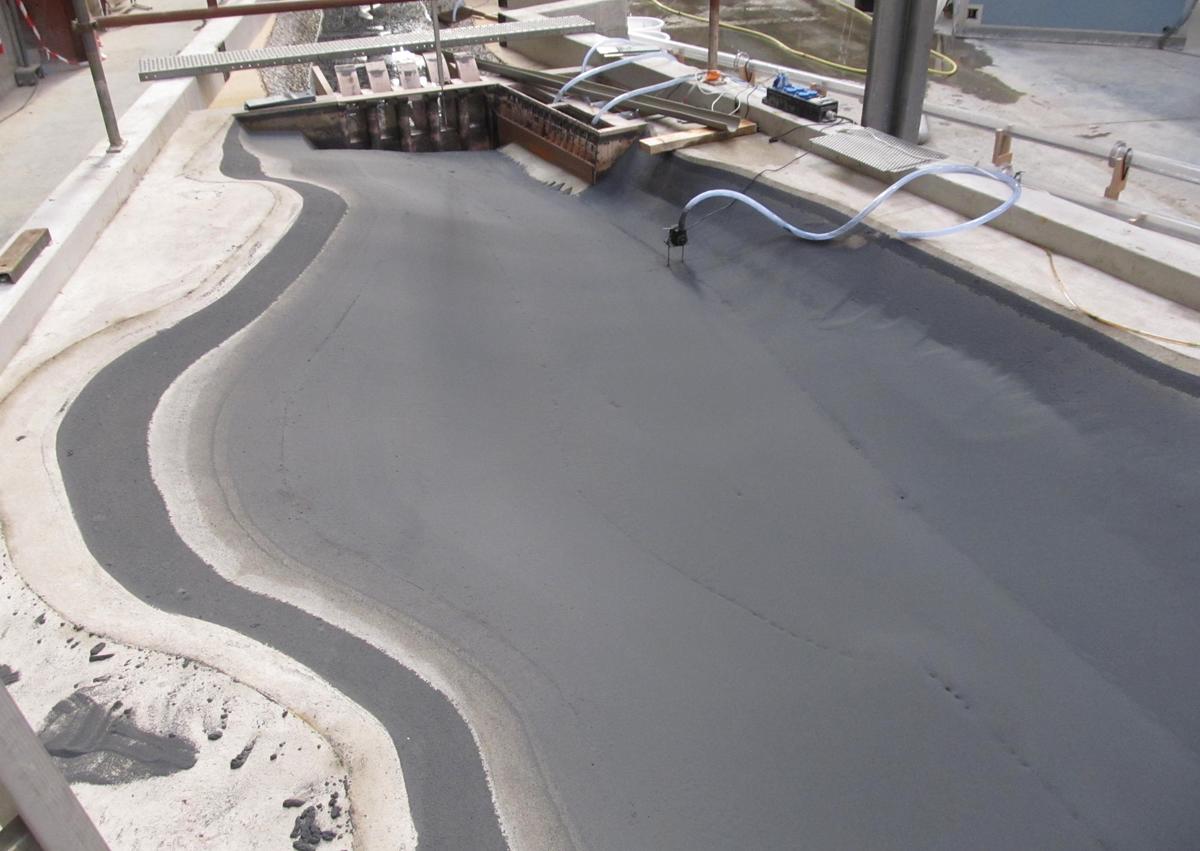
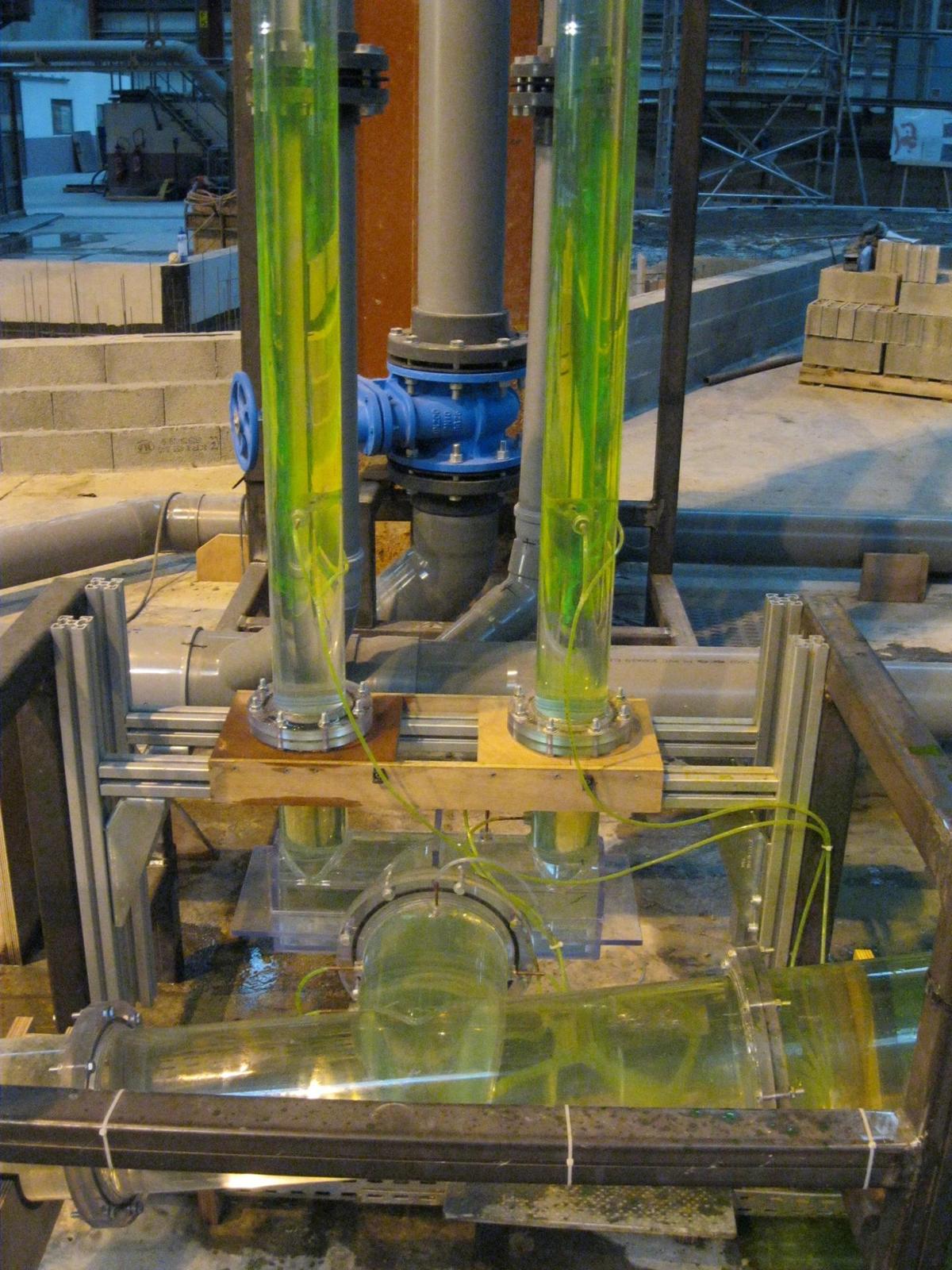
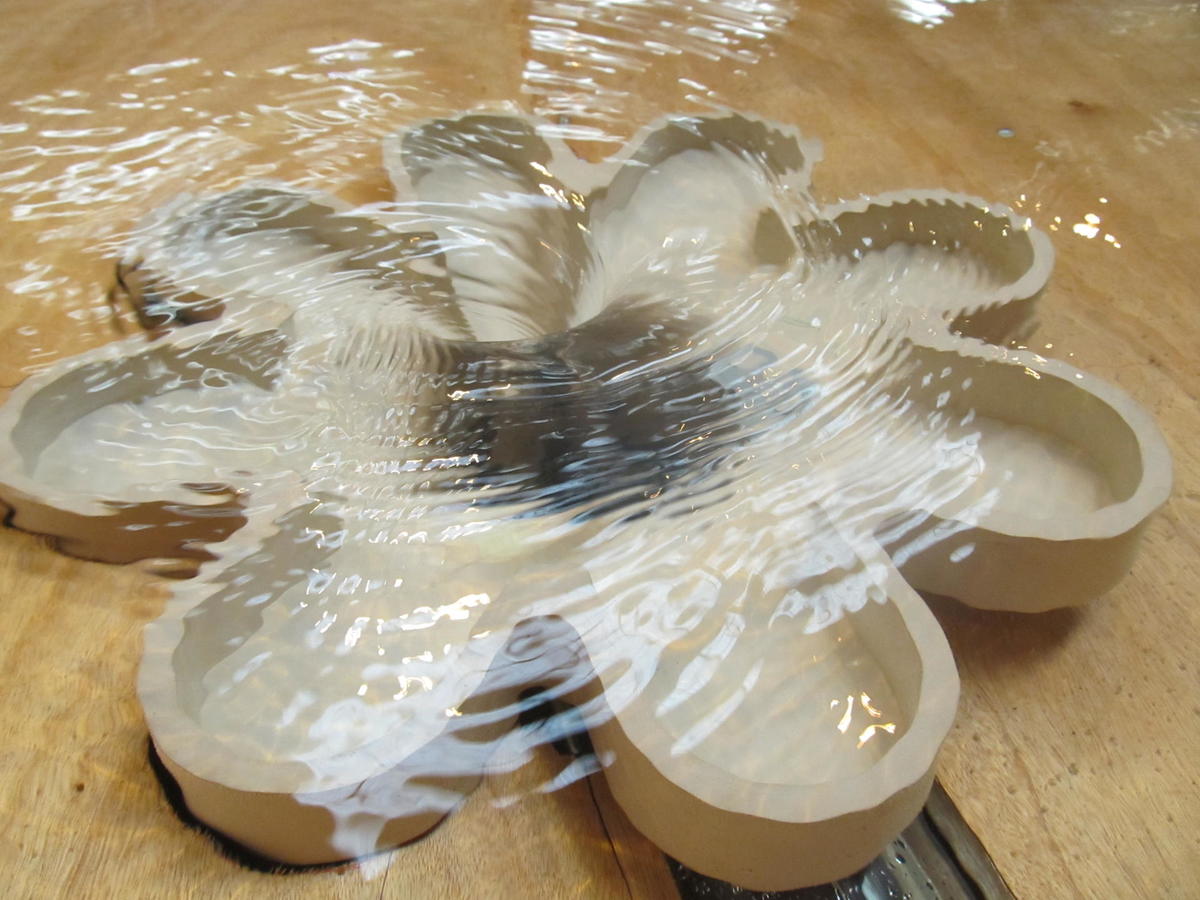
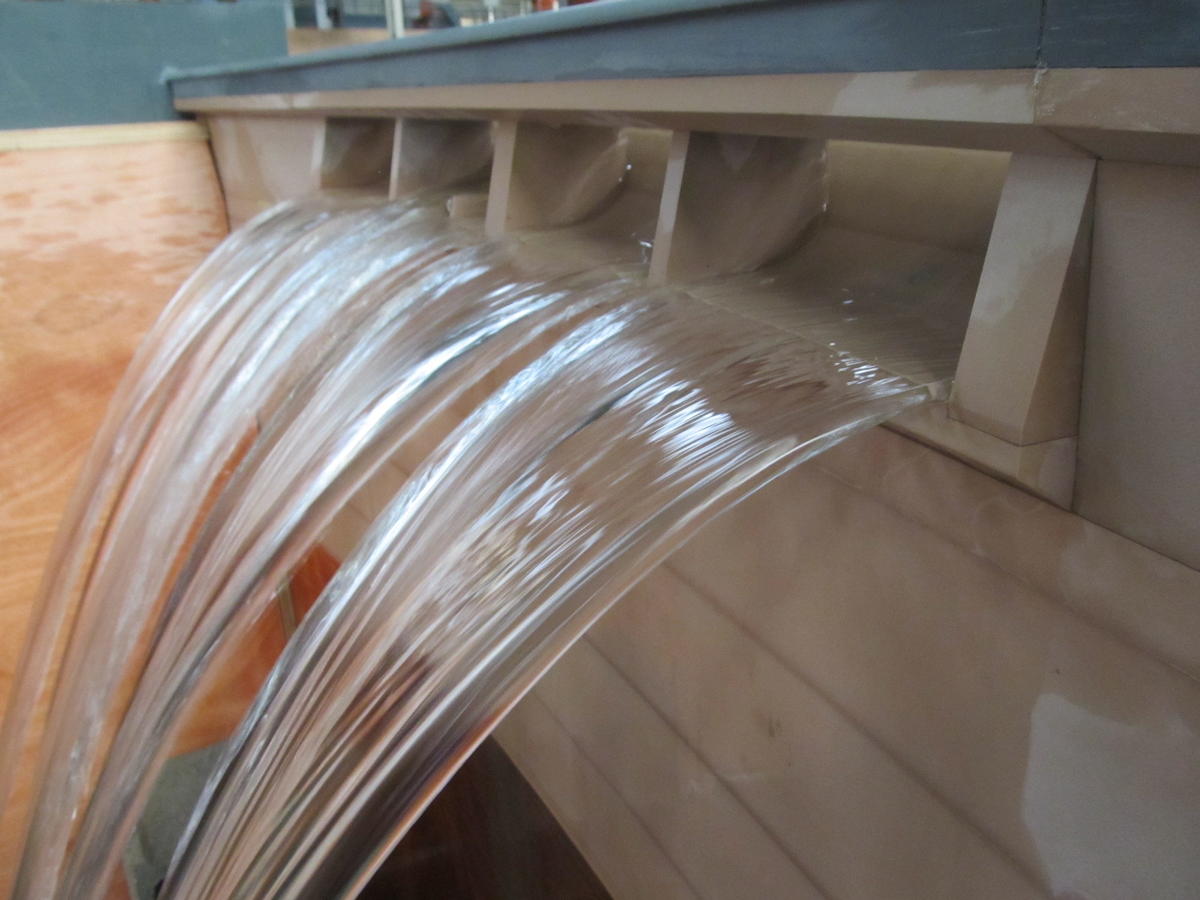
Types of developments studied and optimised
All complex hydraulics issues related to dam projects are traditionally studied using physical modelling:
- complex flood spillways (PK weirs, fusegates, labyrinth weirs, movable gates and devices, etc.)
- energy dissipation structures (stilling basins, natural plunge pools, flip buckets, etc.)
- surge shafts
- water intakes and outfalls
- temporary diversions of watercourses in the construction phase
- etc.
-
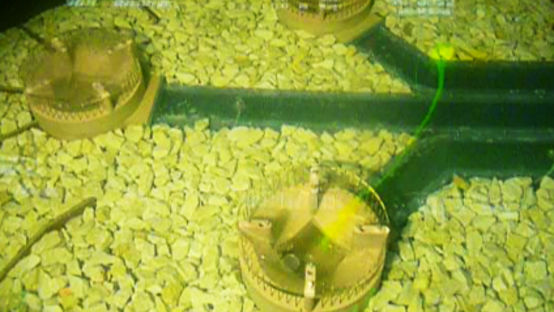
Water intakes and outfalls
Ensuring optimal conditions for supplying water to a process and releasing effluent into the environment.
-
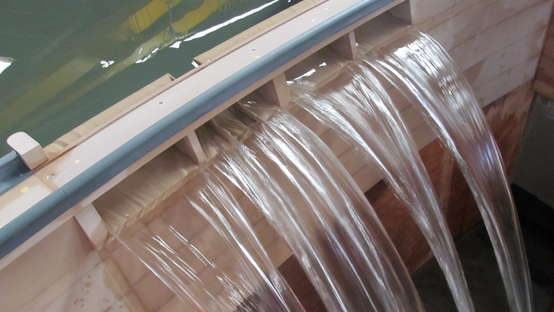
Flood spillways
Optimising and validating the design (new or rehabilitation) of flood spillways: a critical issue with regard to dam risk management.
-
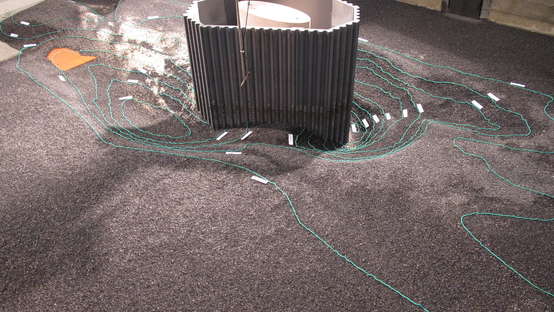
Scouring at the toe of structures
Scour phenomena at the interface between a hydraulic structure and bed sediment can be excessively complex. For study of this issue, physical models are an incomparable technical aid.
-
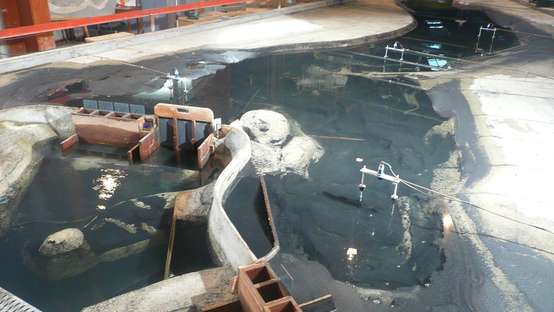
Sedimentation in rivers and reservoirs
Finding ways to manage the sedimentary impact of river structures, in particular sedimentation in dam reservoirs, to operate them sustainably in the long-term and limit their ecological impact.
-

Surge shafts
Understanding and controlling the hydraulic behaviour of a surge shaft during a fast unsteady flow event: a major safety issue, to prevent the risk of significant damage to the equipment such as: penstocks, turbines and gates.
